Introduction to coffee varieties: flavor and taste characteristics of Kaddura coffee varieties Kaddura coffee history
Professional coffee knowledge exchange more coffee bean information please follow the coffee workshop (Wechat official account cafe_style)
For more boutique coffee beans, please add private Qianjie coffee on Wechat. WeChat account: qjcoffeex
As a dwarf coffee variety of standard quality in Central America, Kaddura has good yield potential and high sensitivity to coffee leaf rust, so it is widely cultivated in early Central and South America and is also the main force of coffee production in many regions. In this article, let's follow Qianjie Coffee to learn about Kaddura coffee beans.
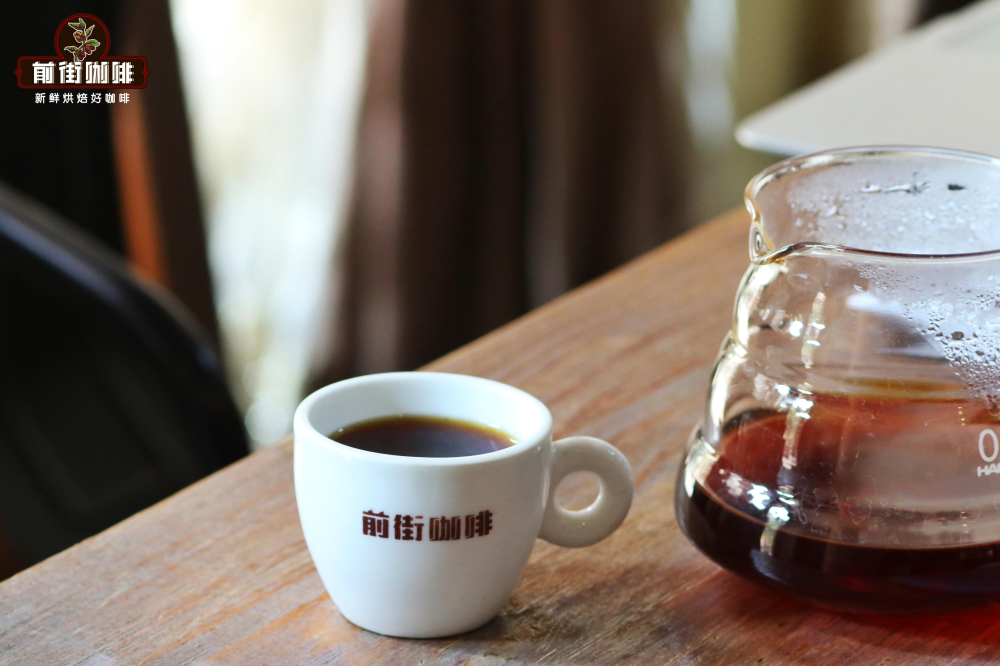
Introduction to the History of Kaddura Coffee varieties
Kaddura is a natural variety of bourbon. It was discovered sometime between 1915 and 1918 on a plantation in the Brazilian state of Minas Gerais.
Caturra has a single gene mutation that causes plants to become smaller (called dwarfing). Its name comes from Guarani, which means "small". It is also known as
"Nanico". After the discovery of Caturra, the Agricultural College of Campinas Sao Paulo State (IAC) in Brazil began to make choices in 1937. Breeders are interested in the small size of Caturra, which allows plants to be placed closer together, and its secondary branches are closely spaced, allowing it to produce more fruit in the same space.
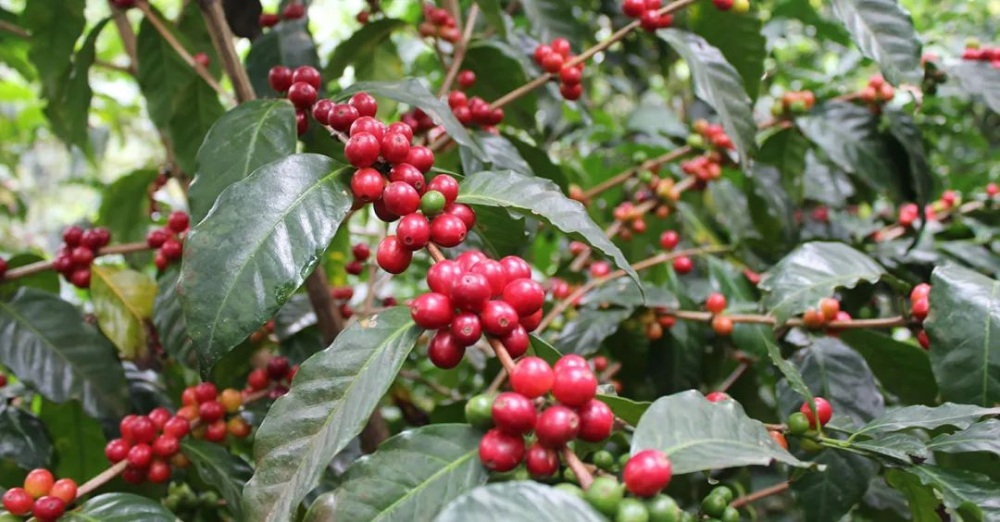
Kaddura's breeding process is called large-scale breeding, which means selecting a group of individuals based on their excellent performance, gathering the seeds of these plants together to form a new generation, and then repeating the process. The variety has never been officially released in Brazil, but it is common in Central America.
It was launched in Guatemala in the 1940s, but was not widely adopted commercially over the next 30 years. From Guatemala, it was introduced to Costa Rica, Honduras and Panama. Today, it is one of the most economically important coffee in Central America, so much so that it is often used as a "benchmark" for testing new varieties. In Colombia, Caturra is thought to represent nearly half of the country's production until a government-funded scheme began in 2008 to encourage the transformation of more than 3 billion coffee trees with leaf rust-resistant Castillo varieties (with Caturra lineage).
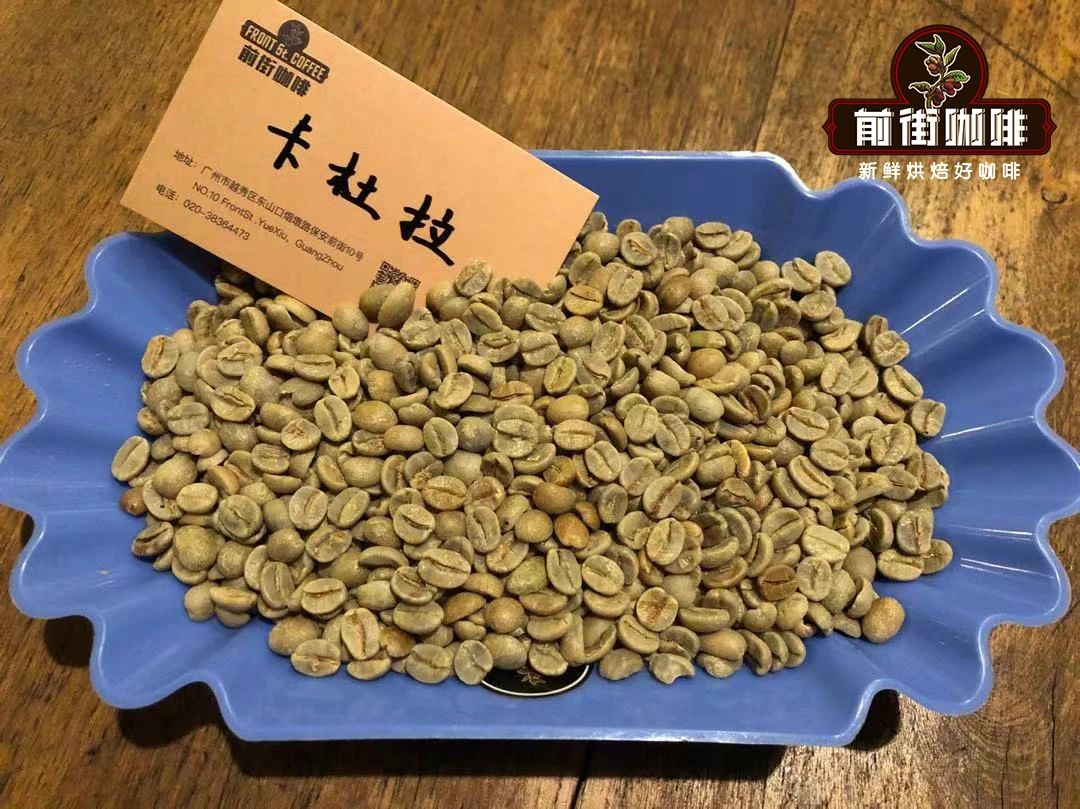
In the second half of the 20th century, the Kaddura region promoted the intensification of coffee cultivation to some extent through high-density cultivation (usually in plenty of sunlight).
Caturra is also known as one of the parents of the so-called "Catimor" cultivated variety family. Various strains of coffee leaf rust resistant Timor Hybrid hybridized with Caturra to produce a dwarf plant with rust resistance. Examples of Catimor varieties include: Costa Rica 95, Catisic, Lempira and IHCAFE 90.
Flavor and taste characteristics of Kaddura coffee beans
After the test of the coffee cup in the front street, it is determined that the sour aroma of Kaddura coffee under the traditional treatment is obvious, the whole is bright, and if properly handled, the sweetness can be very good. However, the alcohol content of coffee is relatively low compared with bourbon, and the cleanliness of the taste is a little less.
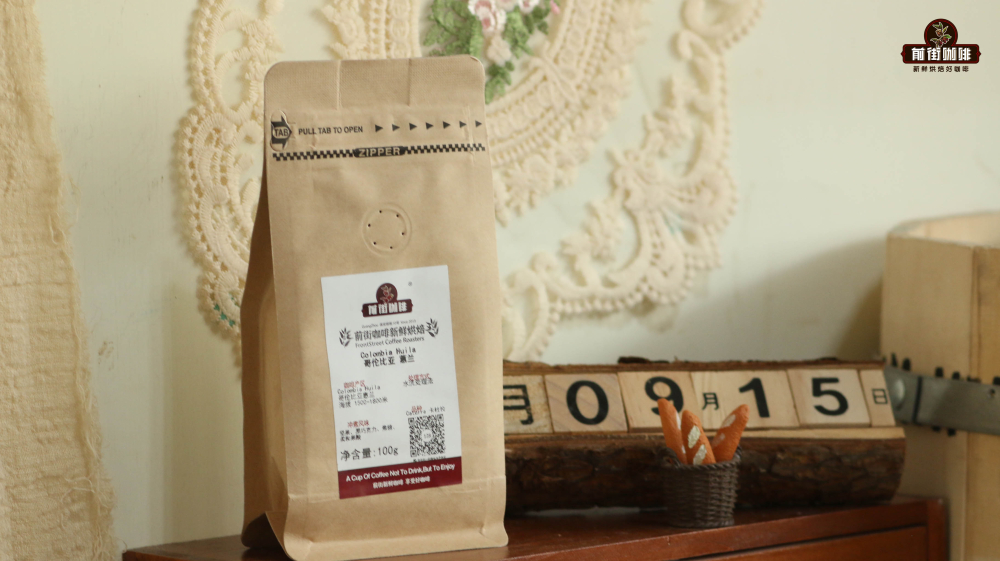
At present, among the selected rations coffee beans sold in Qianjie Coffee, the beans representing the Colombian Huilan producing area are Kaddura varieties. The coffee beans planted at an altitude of 1500-1800m and treated with traditional water washing are selected. After moderate roasting, the coffee flavor can show nuts, dark chocolate, caramel and soft citrus acid.
Important Notice :
前街咖啡 FrontStreet Coffee has moved to new addredd:
FrontStreet Coffee Address: 315,Donghua East Road,GuangZhou
Tel:020 38364473
- Prev
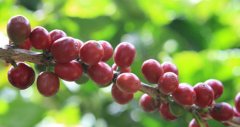
Boutique coffee quality introduction: what is Kaddura coffee Kaddura coffee? The quality of coffee
If you often look at the contents of coffee, you may see such names as bourbon / bourbon bourbon, yellow bourbon yellow bourbon, Kaddura Caturra, Kaduai Catuai, iron pickup Typica and so on. In fact, these are different varieties of Arabica coffee, and people who are not clear may be a little confused. In fact, I am not a botanist or a coffee specialist.
- Next
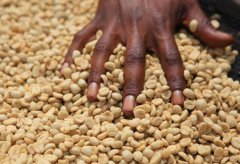
Colombian Kaddura Fine Coffee Bean introduction Kaddura Coffee introduction Kaddura Coffee mouth
Coffee bean details: country: Columbia altitude: 1400002000m production area: Inza village, Cauca province: fully washed scaffolding sun-dried varieties: Caturra, Colombia flavor: ripe citrus sweet and sour, red berry eagle village is located in the central mountains of Cordillera, about 100km northeast of Popayan and Monsela
Related
- Does Rose Summer choose Blue, Green or Red? Detailed explanation of Rose Summer Coffee plots and Classification in Panamanian Jade Manor
- What is the difference between the origin, producing area, processing plant, cooperative and manor of coffee beans?
- How fine does the espresso powder fit? how to grind the espresso?
- Sca coffee roasting degree color card coffee roasting degree 8 roasting color values what do you mean?
- The practice of lattes: how to make lattes at home
- Introduction to Indonesian Fine Coffee beans-- Java Coffee producing area of Indonesian Arabica Coffee
- How much will the flavor of light and medium roasted rose summer be expressed? What baking level is rose summer suitable for?
- Introduction to the characteristics of washing, sun-drying or wet-planing coffee commonly used in Mantenin, Indonesia
- Price characteristics of Arabica Coffee Bean Starbucks introduction to Manning Coffee Bean Taste producing area Variety Manor
- What is the authentic Yega flavor? What are the flavor characteristics of the really excellent Yejasuffi coffee beans?

